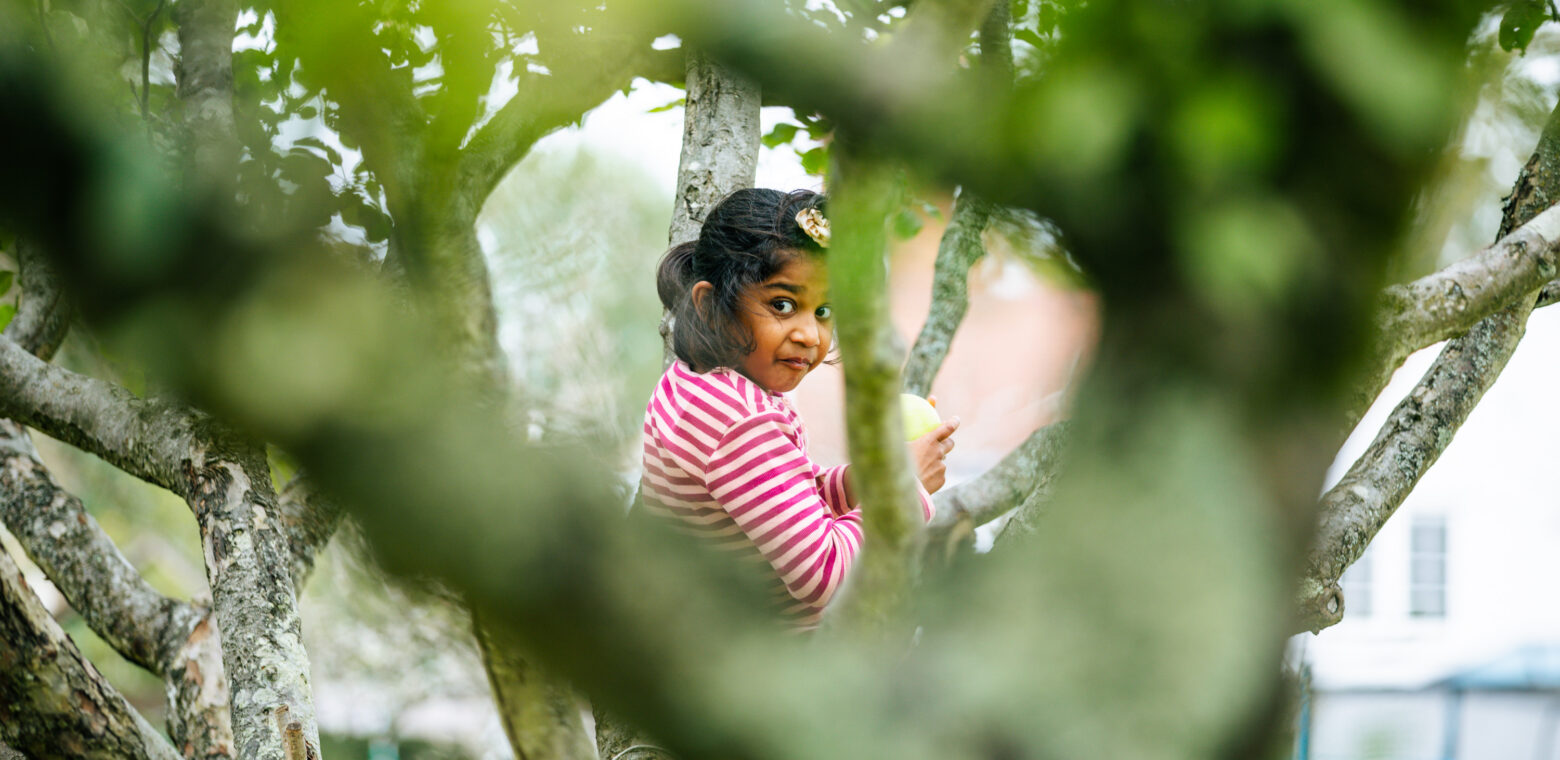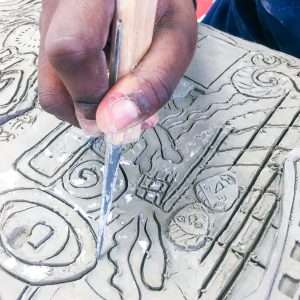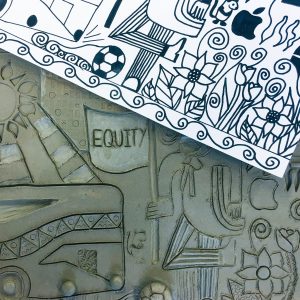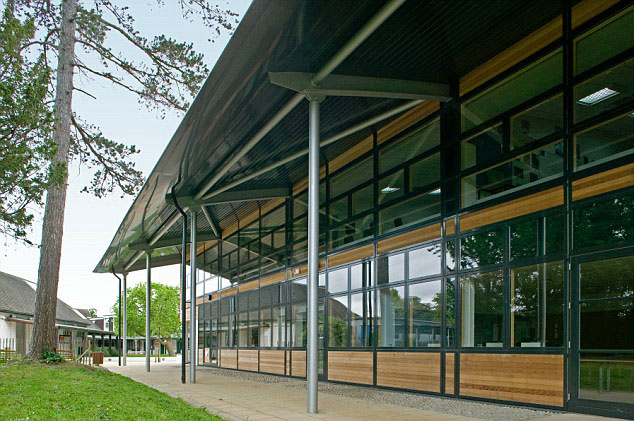In the last week of the summer holidays Stevenage Museum ran a one week ceramics workshop with our school. The workshop was the beginning of a project marking 50 years since the installation of Bill Mitchell’s underpass sculpture Scenes from Contemporary Life in the underpass leading to the Town Centre Gardens. The work was listed by Historic England in 2022.
In correspondence with Stevenage Borough Council in around 2015, Mitchell wrote that sculpture played an important role in giving an area character and making the surroundings ‘less severe’. Representations of the football team, buses, cars and people dressed in the fashionable clothes and hairstyles of the day were intended to be ‘an instantly recognisable pastiche of time and place… the panels were meant as a time warp for the future and a recognisable landmark for the then present’.
When built, Stevenage led the way in using art in public spaces, with a huge variety of creative artworks incorporated into the fabric of the town. The museum team hope that the workshop, and subsequent exhibition, will allow a new generation to appreciate how pioneering Stevenage was at marrying art, architecture and technology to enhance peoples’ everyday lives.
A group of ten students aged 14-18, who live or go to school in the town, were selected to take part in the free course funded by Stevenage Museum and generously supported with staff time by St Christopher School.
Work began by carrying out first hand research, including a visit to Bill Mitchell’s concrete relief sculpture and a chance to see the original drawings by Mitchell, now held at Stevenage Museum. Students also took photographs and sketched contemporary aspects of life in the town now.
Students then came to Letchworth (the world’s first Garden City, itself an inspiration to the planners of the post-war New Towns), where they worked at our school’s Art and Design Departments. Specialist Art teacher Lizzy Anstice Brown helped the students translate their ideas into a series of relief panels in clay. The imagery was developed using a mix of drawing, carving, sculpting and computer aided design using the school’s laser cutter. The fired and glazed tiles will be displayed at Stevenage Museum as part of the Bill Mitchell exhibition opening later this year.







